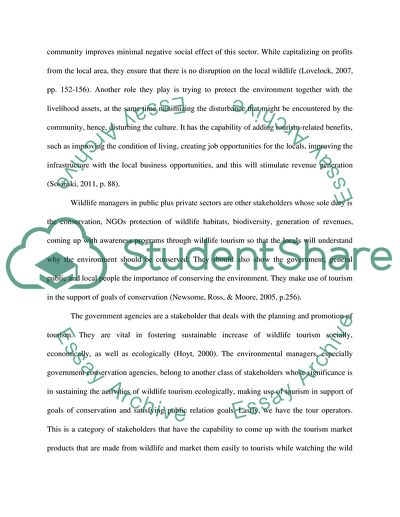Cite this document
(“Wildlife Tourism Research Paper Example | Topics and Well Written Essays - 2500 words - 1”, n.d.)
Retrieved from https://studentshare.org/tourism/1606547-major-case-study
Retrieved from https://studentshare.org/tourism/1606547-major-case-study
(Wildlife Tourism Research Paper Example | Topics and Well Written Essays - 2500 Words - 1)
https://studentshare.org/tourism/1606547-major-case-study.
https://studentshare.org/tourism/1606547-major-case-study.
“Wildlife Tourism Research Paper Example | Topics and Well Written Essays - 2500 Words - 1”, n.d. https://studentshare.org/tourism/1606547-major-case-study.


